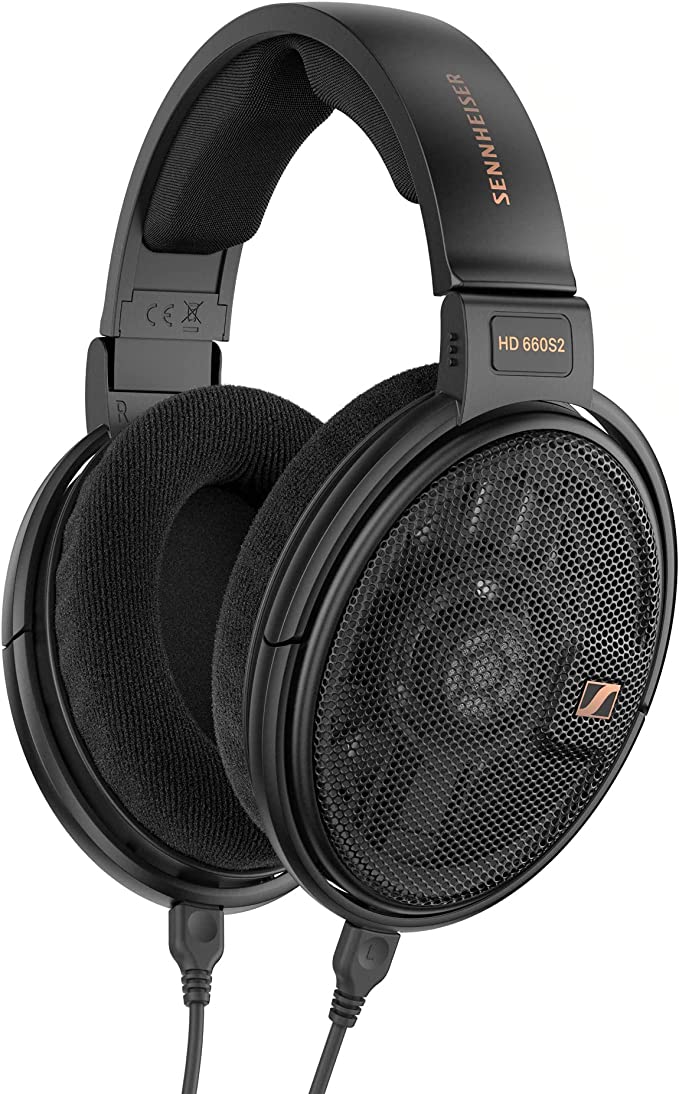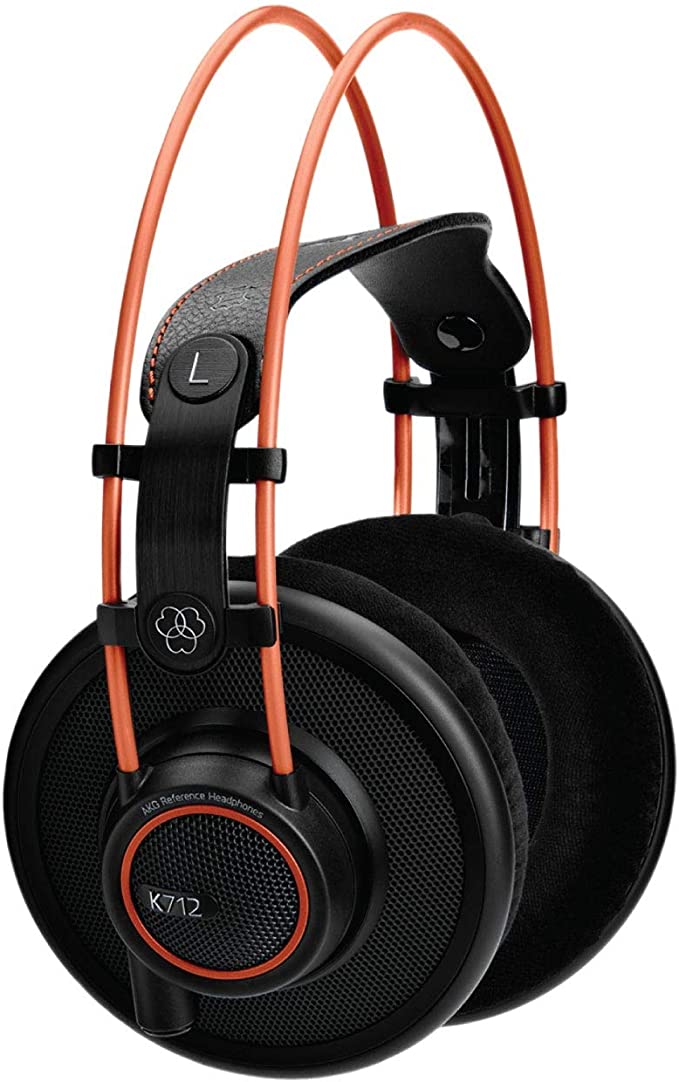Kuryakyn 2719 MTX Road Thunder Sound Bar Plus: Premium Audio for Your Motorcycle
Update on July 24, 2025, 7:53 a.m.
There’s a moment every rider knows. You’re carving through a perfect bend, the landscape a blur of color, the engine a satisfying thrum beneath you. You thumb the play button, queuing up that one perfect track for the moment. The opening chords swell… and then they’re gone. Snatched away by an invisible thief. The bassline is muffled, the singer’s voice becomes a whisper, and the crisp sizzle of the hi-hats vanishes completely. You crank the volume, but the music just becomes a harsher, louder version of its former, broken self.
For years, I thought the enemy was just the wind. A brute force problem to be solved with more power. But the truth is far more complex, and far more fascinating. The real battle isn’t happening on the highway; it’s happening inside your head. It’s a war waged on the battlefield of human perception, governed by the laws of a science called psychoacoustics. And understanding this science is the key to understanding why a piece of hardware like the Kuryakyn 2719 MTX Road Thunder Sound Bar Plus isn’t just another speaker—it’s a sophisticated weapon system engineered to win that war.

The Thief in Your Helmet: Understanding Auditory Masking
Before we talk about hardware, we have to identify the enemy. On a motorcycle at speed, your ears are bombarded by a chaotic wall of sound—the low-frequency roar of the engine, the mid-range growl of the exhaust, and the high-frequency hiss of the wind rushing past your helmet. This cacophony doesn’t just compete with your music; it actively erases it from your perception.
This phenomenon is called Auditory Masking. In simple terms, when your brain is presented with a loud sound, it makes it physiologically impossible to perceive quieter sounds that are close to it in frequency. The roar of your pipes doesn’t just cover up the bass guitar; it effectively tells your brain the bass guitar isn’t even there.
Compounding this is another quirk of our hearing, famously illustrated by the Fletcher-Munson curves. These curves show that our ears are most sensitive to mid-range frequencies (like the human voice). At lower or higher volumes, our ability to perceive low bass and high treble frequencies drops off dramatically. On a bike, the constant, loud mid-range noise from the engine and wind forces your hearing into a state where the rich bass and sparkling highs of your music are the first casualties. They are masked, silenced, and stolen.
So, how do you fight back? You can’t just throw raw volume at the problem. That’s like using a flamethrower in a surgical theater. You need power, yes, but you also need precision, strategy, and a deep understanding of the battlefield. You need engineered countermeasures.

The Arsenal, Part I: Power as a Strategic Offensive
The first line of defense is, admittedly, overwhelming force. The Kuryakyn 2719’s claim of 300 watts of peak power is its opening salvo. This raw power is necessary to generate a Sound Pressure Level (SPL) that can physically push the music’s soundwaves through the wall of ambient noise. However, savvy audio enthusiasts know that peak power is a fleeting metric. The more crucial number is the amplifier’s continuous power rating, or 4 x 19W RMS (Root Mean Square). This is the measure of sustained, reliable firepower the system can deliver without faltering, ensuring the sound doesn’t sag or distort during a long, demanding track.
This power is generated by a highly efficient internal amplifier, almost certainly a Class-D design. Unlike older amplifier classes that waste significant energy as heat, Class-D amps are masters of efficiency, making them perfect for compact, sealed enclosures where heat dissipation is a critical challenge. They are the cool-running engine room of this sonic battleship.

The Arsenal, Part II: The Surgical Strike of Speaker Design
If brute power is the artillery, then precision speaker design is the surgical strike. This is where the real genius lies, because it’s not about just being louder than the noise, but about intelligently restoring the frequencies the noise is trying to steal.
The system’s two 2” x 3” full-range speakers employ a clever piece of audio technology known as a Dual Voice Coil (DVC). Think of a standard speaker’s voice coil as its engine. A DVC speaker has two of them. This allows it to handle significantly more power and provides engineers with more flexibility in tuning the speaker’s performance. In this application, it allows a relatively small speaker to move more air with greater control, reclaiming the rich, punchy low-to-mid frequencies that give music its body and warmth—the very frequencies that engine roar loves to mask.
But the most vulnerable targets in this sonic war are the high frequencies. The delicate shimmer of a cymbal or the subtle breath in a vocalist’s delivery are easily wiped out by the high-frequency hiss of the wind. To combat this, the 2719 deploys four dedicated 1” silk dome tweeters. Silk is a fantastic material for tweeters because it’s incredibly light yet strong, allowing it to vibrate with the speed and accuracy needed to reproduce these fragile sounds.
The secret weapon driving them? N42 grade neodymium magnets. Neodymium is a rare-earth element capable of creating an astonishingly powerful magnetic field for its size compared to conventional ferrite magnets. The “N42” grade signifies a very high magnetic energy product. This powerful, focused magnetic field gives the amplifier absolute, iron-fisted control over the tweeter’s movement. It ensures the high-frequency notes are fired like precise, high-velocity projectiles, cutting through the noise with stunning clarity and preventing them from becoming a distorted, tinny mess.
The Armor: Engineered for Survival on the Front Lines
A weapon system is useless if it can’t survive the conditions of battle. The entire sound bar is housed in a rugged metal enclosure that acts as both physical protection and a passive heat sink for the amplifier. It’s built to withstand the constant, punishing vibration of a V-twin engine.
Furthermore, it carries an official IP66 rating. This isn’t just a marketing buzzword; it’s an international standard (IEC 60529) that certifies its battlefield readiness. The first ‘6’ means it’s completely dust-tight—no ingress of fine particles. The second ‘6’ means it can withstand powerful jets of water from any direction. For a rider, that means you can ride through a torrential downpour or hose your bike down after a dusty trip without a second thought. This is the acoustic armor that ensures the system endures, season after season.
A Hard-Won Victory for Your Ears
Staring down the barrel of wind, engine, and road noise, it can feel like enjoying high-fidelity music on a motorcycle is a losing proposition. But it’s not. It’s simply a different kind of war, one that requires a different kind of weapon. The Kuryakyn 2719 is a testament to this, a device born from a deep, practical understanding of psychoacoustics.
It’s an integrated system of countermeasures. It uses overwhelming power to breach the wall of noise, and then deploys surgically precise drivers, empowered by advanced coil and magnet technology, to reclaim the specific frequencies that auditory masking tries to steal. It’s all wrapped in armor tough enough for the front lines. The result is the reclamation of your music’s soul—the punch of the kick drum, the warmth of the bass, the clarity of the vocals. It’s a hard-won victory, engineered one decibel at a time.



























































